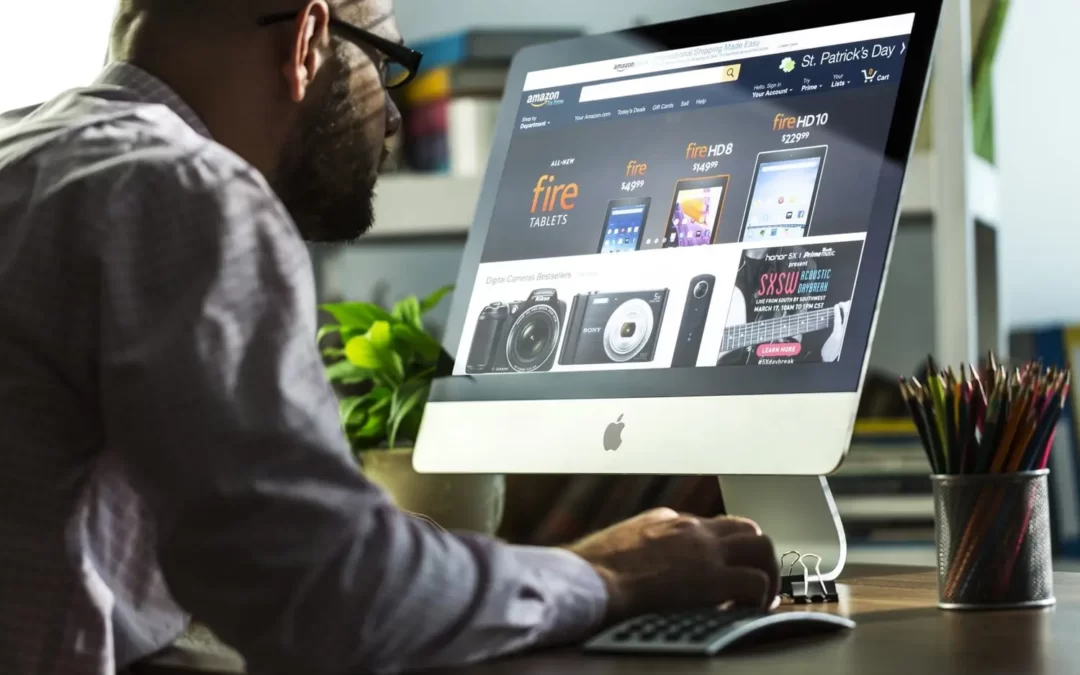Without thinking about it too much, as a website designer we automatically map out a journey for user of a homepage when we start a new design. It’s all too easy to get started and forget about the client, explaining why you place certain elements where you do on the homepage.
What exactly is a user journey? It’s how the user/visitor of a website will explore your website, from the homepage to your deeper level pages, hopefully in the end either purchasing a product or contacting you. The journey will involve catch points across the way (call to actions and repeated links to different areas of the site) which will encourage your visitors to stay on the website longer and explore more.
How do we plan the customer journey? This comes down to our understanding of your business, which is why we always aim to visit you if we can, and make sure we’ve got a good grasp of what you do, your values and ultimately your goals for the website.
We always start with a page structure, so in simple forms this could be:
Home | About | Services | Book Now | Get in Touch
These are the 5 main elements of the website (not in general, but for this blog piece). We need to reference these five points as a visitor scrolls down the website, because if they don’t know exactly what they’re looking for when they land (and click on a menu item), you need to entice them as they browse your page. So these are now your call to actions.
As the visitor scrolls down the home page you want clear sections for About, Services, Book Now and Get in Touch, and directing visitors to those pages. Depending on the flow and content, you could add some more information from your sub pages (perhaps history for example) but that will tend to work itself out as you start building the homepage and the journey.
At the end of the home page you want a final call to action – if your visitor reaches this part of the website but isn’t enticed anywhere, what is the last call to action you want them to do? It could be get in touch or follow us on social media. Beneath this your footer, with your contact information, links to your main pages, links to social media. The footer is the final catchpoint on the user journey.

